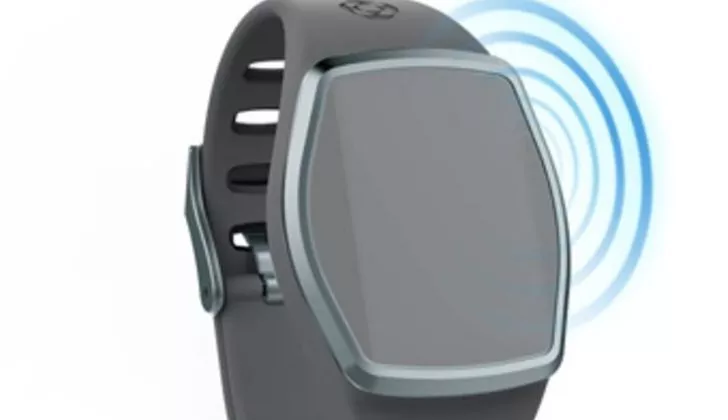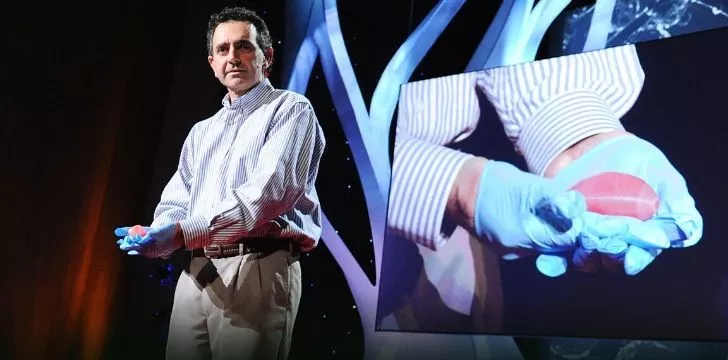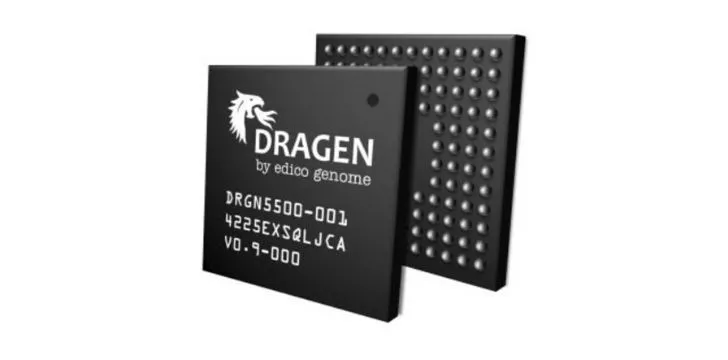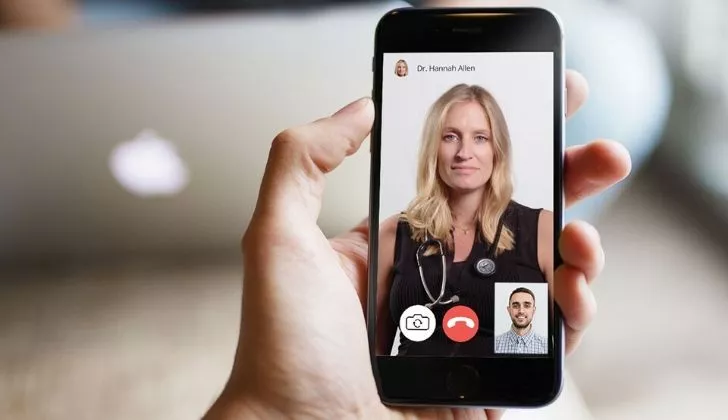Medicine and technology go hand in hand whether we realize it or not.
How much of a difference is there for the average hospital stay, operation, doctor’s appointment or even managing a chronic illness compared to those of the past?
What key developments have pushed the boundaries of the medical world and allowed professionals to care for and treat patients much more effectively?
Well if you want to find out, you’re in the right place!
Wearable Technology

Wearable technology is becoming a huge way of improving our health, allowing continuous and discrete monitoring of vital signs.
2016 saw massive leaps in this area, with Royal Philips releasing a medical-grade biosensor patch aimed at hospital patients.
It measures vital signs like respiratory rate and sends the data to app-based software via Bluetooth to inform a clinician of any issues.
GreatCall released Lively Wearable, a wrist or lanyard device that has a button that connects to a specialist team in an emergency.
However, not all wearable devices are for emergencies.
In the UK, The NHS (National Health Service) trialed a digital coaching device for patients with type 1 and 2 diabetes.
This was to manage their condition following reports in 2015 that over 20% of diabetes patients had an avoidable hypoglycaemic episode in hospital.
All these devices are essentially a way of monitoring a condition, stopping unnecessary hospital trips and potentially life-threatening emergencies.
3D Printing

Technology provides one of the biggest improvements to our health, especially in the near future, is 3D printing.
When Charles W Hull filed his patent for the 3D printer, he never thought that the device would become so popular in the medical world.
The first major use surgically was in 1999 when an artificial bladder was transplanted into a patient for the first time.
A biodegradable scaffold of their bladder based on a CT scan and cultivated tissue layered upon it.
The next leap came with organ printing utilizing a bio-ink replicating tissue, the first example being a non-living kidney printed in 2002.
In 2016, scientists created the Integrated Organ and Printing System or ITOP which uses biodegradable plastic to print tissue shapes and water-based ink to hold cells and micro-channels open to let air and nutrients flow through.
3D printing is an astonishing subject and could easily have an entire article written on its own with so many enormous leaps in this field.
The main problem with 3D biological printing is keeping the cells alive.
This is what scientists across the world are trying to crack.
But rest assured, when this has been mastered, organ printing will become a huge leap forward, especially for those on the transplant list and the ITOP seems to be the device leading the charge.
Robotic Surgery

Robotic surgery, a far-off concept, is never to be seen in our lifetimes, but this couldn’t be further from the truth.
The DaVinci Si is a piece of equipment used in many surgeries in the US including myomectomy, the removal of certain tumors.
This system gives surgeons complete control of the operation and provides much less scarring, pain during healing and recovery time as well as drastically lowering the risk of infection.
As of yet, there are no fully automated surgical procedures but there are numerous studies being carried out.
It’s only a matter of time until you’ll go in for major surgery, get patched up, and be on your way the next day.
An unbelievable achievement all down to advancements in technology.
Computer Diagnosis

Computer diagnosis is becoming a more and more cost-effective and feasible option, already being trialed by some hospitals across the world, and why not?
Computers are infinitely quicker and less accident-prone.
A supercomputer called Watson (the same one that beat Jeopardy!) created by IBM is to help physicians diagnose patients and recommend treatments.
Doctors will use Watson to follow patient history, stay up-to-date on medical research, and work out treatment options.
In 2016, Watson treated 200 patients in New York hospitals such as the Memorial Sloan-Kettering Cancer Center.
At the University of Indiana, a computer similar to Watson was tasked with diagnosing and setting out treatment plans for 500 patients.
It managed this 42% better than its human counterparts, costing 62% less.
Tailor-Made Treatment Plans

Tailor-made treatment plans seem a futuristic idea but as we’ve seen with Watson and others, they’re becoming more and more prevalent in modern medicine.
They give patients more efficient, individualized treatments and diagnoses.
The tailoring is done via genome sequencing, first completed in 2004’s ‘Human Genome Project’, and is going to seriously reduce costs.
Not only reducing costs, but they also reduce re-admission, misdiagnoses, and the amount of incorrect medication offered.
At the moment, these mappings are usually only done in specific trials and in a very small scale.
However in 2015, at Kansas Children’s Mercy Hospital, they used full genome sequencing which took 26 hours, more than 15 hours less than before, due to the newly created Dragen Processor.
Phones & Tablets

Smartphones, tablets, Wi-Fi, and other Wireless technology have literally removed the tethered nature of accessing medical data in hospitals.
Doctors can now view Electronic Health Records by a patient’s bedside – or on the move.
They can easily share information, view scans and results, giving them the best chance of issuing the most up-to-date diagnosis and treatment.
Patients are also able to book appointments and assessments with their doctor remotely via FaceTime, Skype, and other software.
They’re able to share pictures and keep track of their treatments much easier.
With “Portal technology” they can even view the same records with their doctor during a virtual appointment.
These technologies are particularly useful for those living in more rural areas who have to travel or potentially receive second-rate care, and those who are unable to get an appointment due to other commitments.
Dr. Eric Topol said of virtual appointments and electronic medical records that it was medicine’s “Gutenberg moment”.
In just the last 15 years or so, technology has seriously affected how we handle our health and it’s only going to get better and more involved.
Technology can and is reducing our use of doctors, cutting costs, speeding up care, and giving patients more power.
Whether it be continuous monitoring of vital signs with wearable technology, the idea that if you have a serious issue a robotically fitted replacement can be instantly printed.
Or whether it’s as simple as your doctor being able to give you up-to-the-minute advice on your condition wherever you are in the world.
The Chief executive of the NHS said it best; “Over the next decade major health gains won’t just come from a few miracle cures, but also from combining diverse breakthroughs in fields such as biosensors, MedTech, and drug discovery, mobile communications, and AI computing”.
Whatever the outcome, just remember that our generation’s technological advances aren’t only great for killing time and making life easier, they’re also drastically affecting our health and wellbeing.












